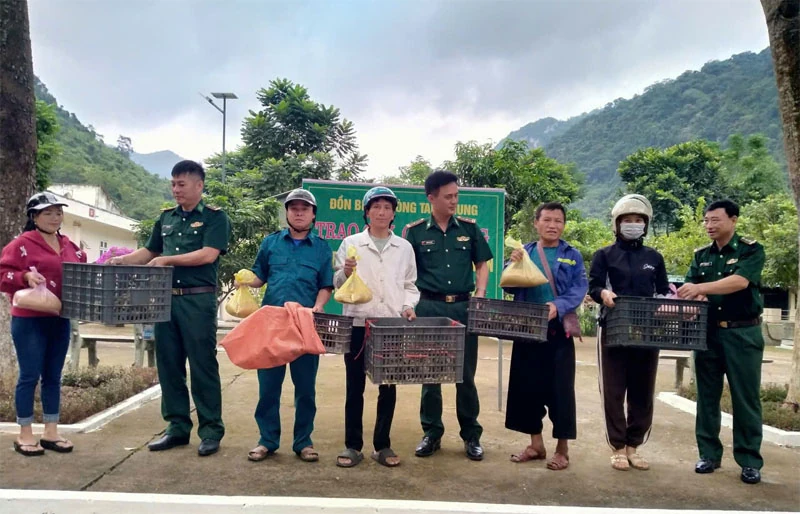
Tam Chung Border Guard Station supports poor households with livestock breeds and feed to develop the economy , eliminate hunger and reduce poverty.
In the highland village of Nhi Son commune, the story of Thao Van Tong, a Thai ethnic man in Pa Hoc village, has become a source of pride for the local people. From a poor household, living all year round on rice fields and corn hills, Tong boldly borrowed capital from the Social Policy Bank to invest in livestock development. Starting with a pair of cows and a pig, he now has a herd of 8 cows. Elephant grass is planted to cover the hillsides, food is carefully stored, and livestock are fully vaccinated. Thanks to that, his family's economy is getting better and better, in 2023 his family escaped poverty, becoming a well-off household in the village. "Now, I can not only take care of my children's education, but also help people in the village develop together, strive to escape poverty," Tong shared.
From the Nhi Son mountainous area, the journey of overcoming difficulties continued in Son Dien commune. Mr. Luong Van Ung, a hard-working farmer, boldly borrowed preferential loans, expanded the scale of pig farming to 30 pigs, combined with rice cultivation, forest planting and exploitation of secondary forest products. Thanks to that, each year he has a stable income of about 120 million VND, through which he has the conditions to raise his children to study, and build a solid house in the middle of a remote village.
The story of Mr. Ung and Mr. Tong is not only a testament to the effectiveness of poverty reduction policies, but also a demonstration of the will to rise up, the spirit of self-reliance, and self-improvement, the core elements for sustainable poverty reduction.
For Thanh Hoa province, sustainable poverty reduction has always been identified as a key task, both urgent and long-term. Along with the implementation of the National Target Program on Sustainable Poverty Reduction for the 2021-2025 period, the province has issued many specific mechanisms and policies, suitable for each region and each target group.
One of the important solutions is to develop production, create stable livelihoods and jobs for people. Localities have reviewed and transformed the structure of crops and livestock to suit soil conditions, and encouraged the development of household economic models, cooperatives, and agricultural cooperatives. At the same time, the province has focused on investing in essential infrastructure for disadvantaged areas. Concrete roads extending to remote villages, new spacious schools, medical stations, electricity grids, clean water... have opened up new opportunities for people to access basic social services.
Not only the support of the government, the grassroots political system has also been strongly promoted. Many localities have identified poverty reduction as an important political task, a "measure" of leadership capacity and people's trust. Political and social organizations have proactively registered to help poor households according to the motto "having an address, having a roadmap, having results". Many practical models have been replicated such as: "Women helping each other escape poverty", "Veterans doing good business", "Youth start-ups", "Cow bank", "Savings and loan groups"... contributing to multidimensional poverty reduction, arousing the aspiration to rise up in each person.
According to statistics, in 2024, the poverty rate in the whole province will decrease to 2.02%, down 1.5% compared to 2023; the near-poor household rate will decrease from 5.57% to 4.5%. In particular, the poverty rate of ethnic minorities will decrease sharply from 14.75% to 8.32%. In the period of 2022-2024, the poverty rate will decrease by an average of 1.58%/year, exceeding the target set by the Resolution of the 19th Provincial Party Congress.
In addition to the achievements, poverty reduction work still faces challenges. A part of the population still has a mentality of waiting and relying; many grassroots cadres are confused in implementing new livelihood models. However, what is valuable is that the spirit of "poverty reduction is not only a responsibility, but also an honor" is spreading strongly. Localities have been innovating their working methods, taking people as the center, attaching importance to vocational training, improving production capacity, and expanding product consumption markets - decisive factors for sustainable poverty reduction.
2025 is the final year of the implementation period of the National Target Program on Sustainable Poverty Reduction 2021-2025. Thanh Hoa sets the general goal of continuing to reduce multidimensional, inclusive, sustainable poverty and limit re-poverty; ensuring that all people have the opportunity to rise up, fully access basic social services, and improve the quality of life. The province strives to reduce the poverty rate by 1.5% or more, in which the poverty rate of ethnic minorities is reduced by at least 3%...
Director of the Department of Ethnic Minorities and Religions Vu Thi Huong emphasized: “Thanh Hoa’s poverty reduction work does not only rely on support but also aims to provide opportunities, arouse the will to rise up, and help people escape poverty by their own efforts. This is also the foundation for building a fair and civilized society, leaving no one behind.”
With systematic and sustainable steps, Thanh Hoa is realizing day by day the goal of poverty reduction associated with improving the quality of people's lives, so that every person can live in prosperity and happiness; so that "no one is left behind" is not just a slogan, but a vivid reality on the land of Thanh Hoa, a land of love and innovation.
Article and photos: Xuan Minh
Source: https://baothanhhoa.vn/thuc-hien-hieu-qua-chinh-sach-giam-ngheo-268017.htm












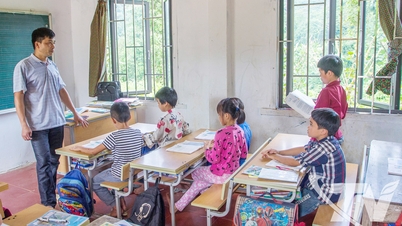











![[E-Magazine]: Winter comes, calling love back](https://vphoto.vietnam.vn/thumb/402x226/vietnam/resource/IMAGE/2025/11/07/1762519247877_e-magazine-dong-w1200t0-di2544d199d5163001t11920l1-v-128.webp)
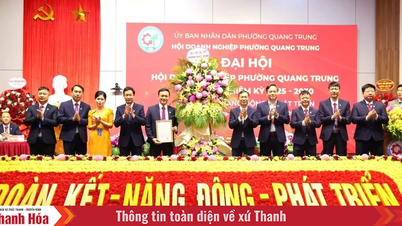


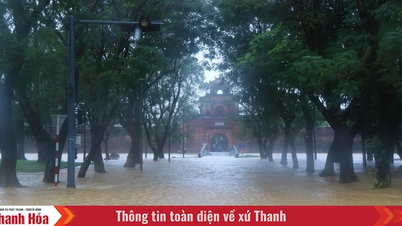

![[Photo] Da Nang: Hundreds of people join hands to clean up a vital tourist route after storm No. 13](https://vphoto.vietnam.vn/thumb/1200x675/vietnam/resource/IMAGE/2025/11/07/1762491638903_image-3-1353-jpg.webp)







































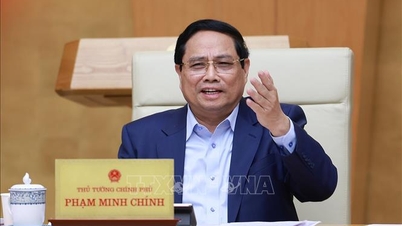

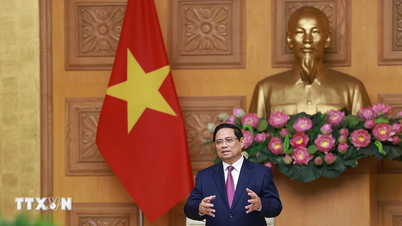









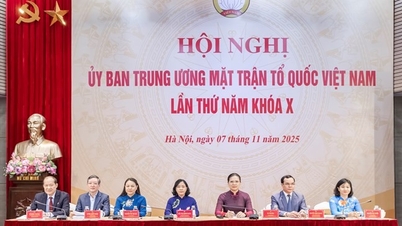
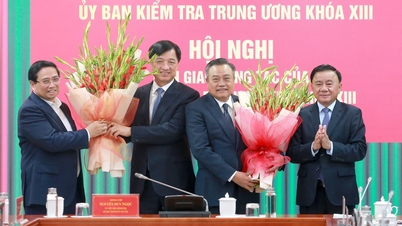



























Comment (0)